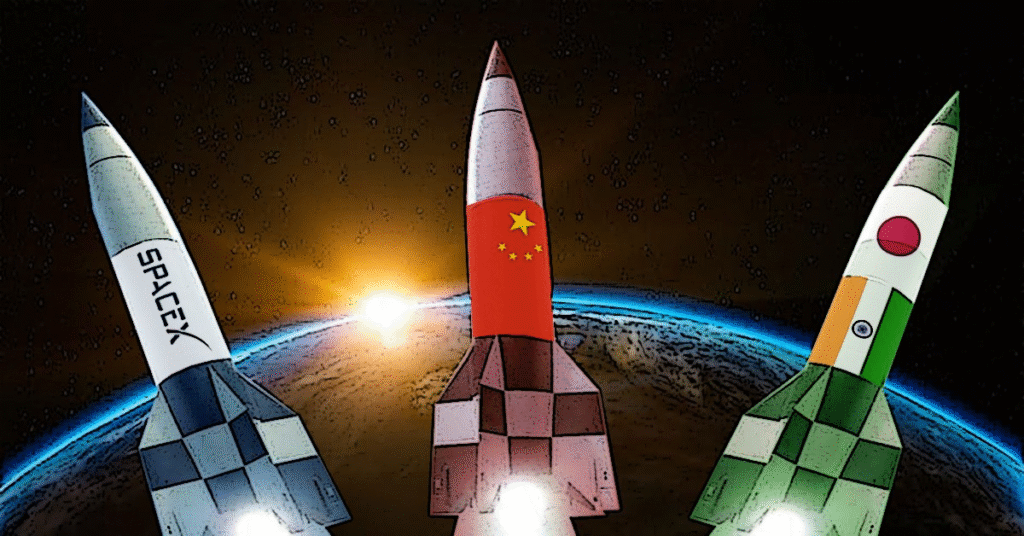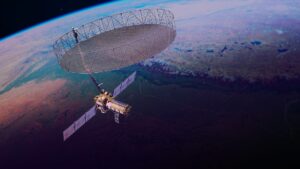The global space race is heating up once again—but this time, it’s not just about planting a flag. The United States and China are locked in a 21st-century contest to dominate space exploration, innovation, and infrastructure. With both nations launching lunar missions, building orbital stations, and aiming for Mars, this modern rivalry is reshaping geopolitics beyond Earth’s atmosphere.
As space becomes a critical frontier for national security, scientific progress, and even commercial ventures, the actions of these two global powers are drawing worldwide attention. In this article, we explore how the U.S. and China are advancing their space programs, what it means for global cooperation, and why it matters for the future of humanity.
Why the Space Race Is Back
The original Cold War space race was about prestige. Today’s version is about power and presence. As technology has advanced, the potential for economic, military, and scientific gain in space has multiplied.
Key motivators behind the renewed race include:
- Lunar resource exploration (helium-3, rare earth elements)
- Military and surveillance infrastructure in orbit
- Commercial expansion via satellite networks and space tourism
- National prestige and global soft power
U.S. Strategy: Artemis and Beyond
NASA\’s Artemis program is the cornerstone of the U.S. return to the Moon, aiming to land the first woman and person of color on the lunar surface by the late 2020s. In collaboration with SpaceX and international partners through the Artemis Accords, the U.S. is building a framework for a long-term lunar presence.
Key components of the U.S. space strategy include:
- Artemis Program – returning to the Moon and establishing a base
- Gateway Space Station – a lunar orbit station under construction
- Mars planning – robotic missions like Perseverance paving the way
- Private sector partnerships – SpaceX, Blue Origin, and others accelerating access
The U.S. also emphasizes multilateral cooperation, inviting dozens of countries to sign the Artemis Accords, which promote peaceful use and shared exploration of space.
China’s Bold Push Into Space
China’s space ambitions are no less impressive. The China National Space Administration (CNSA) has already landed the Chang’e 4 rover on the Moon’s far side—a first in history—and sent the Tianwen-1 mission to Mars.
Highlights of China’s space efforts include:
- Tiangong Space Station – fully operational since 2022
- Chang’e Lunar Missions – collecting and returning lunar samples
- Tianwen Mars Missions – planning for sample return in coming years
- Moon base ambitions – planned international station with Russia by 2030
Unlike the U.S., China has pursued a more nationalistic approach, often excluding foreign space agencies from joint missions. However, it has signaled growing interest in collaboration with developing countries and BRICS members.
What This Means for Global Politics
The competition between the U.S. and China is driving rapid innovation, but it also raises concerns about the militarization of space and fragmentation of international governance.
The key questions now are:
- Will the Moon become a source of conflict or cooperation?
- Can international treaties like the Outer Space Treaty be updated?
- How will private companies and new space nations be included in policy decisions?
Many experts argue that without new multilateral agreements, the global space race could mirror the geopolitical tensions already present on Earth.
Conclusion
The global space race between the U.S. and China isn’t just about exploration—it’s about defining the rules of the next frontier. With lunar bases, Mars missions, and orbital infrastructure on the horizon, this rivalry will shape global influence for decades.
Whether this race leads to greater cooperation or deeper division will depend on the choices both nations make today. One thing is clear: the future of space is no longer science fiction—it’s geopolitics in orbit.
Sources:




